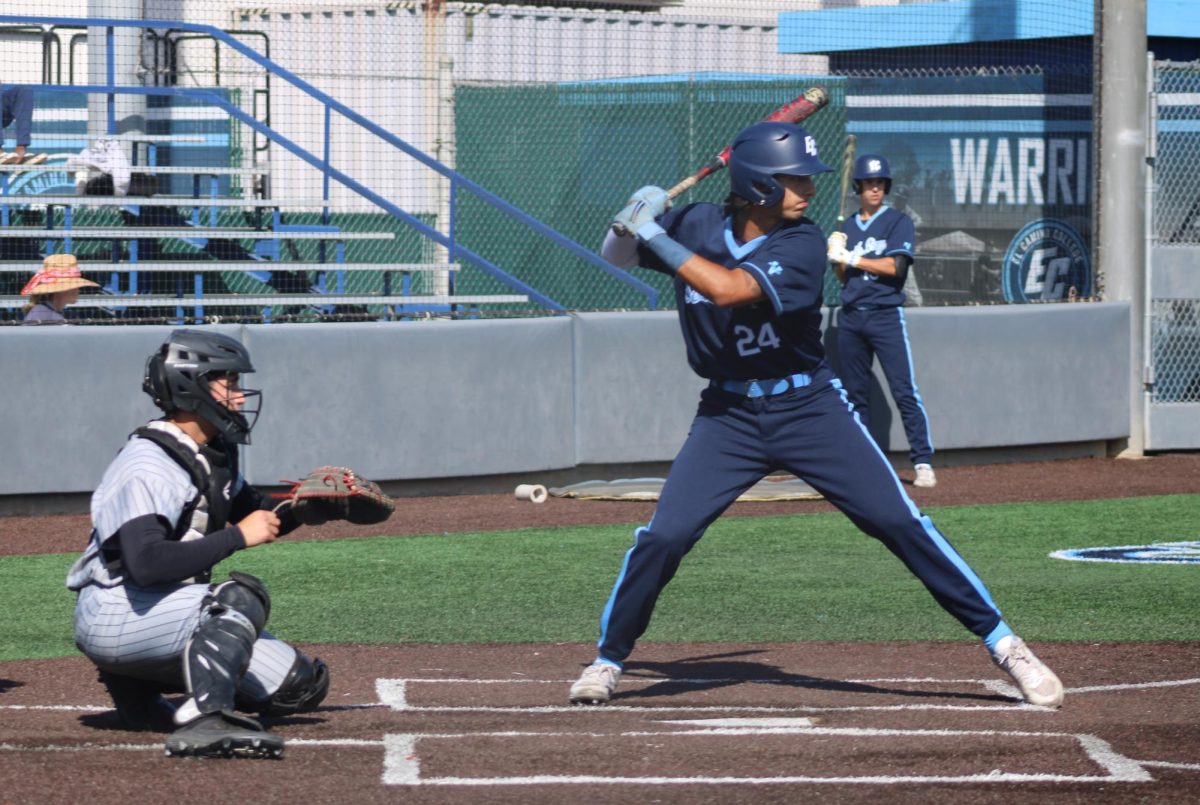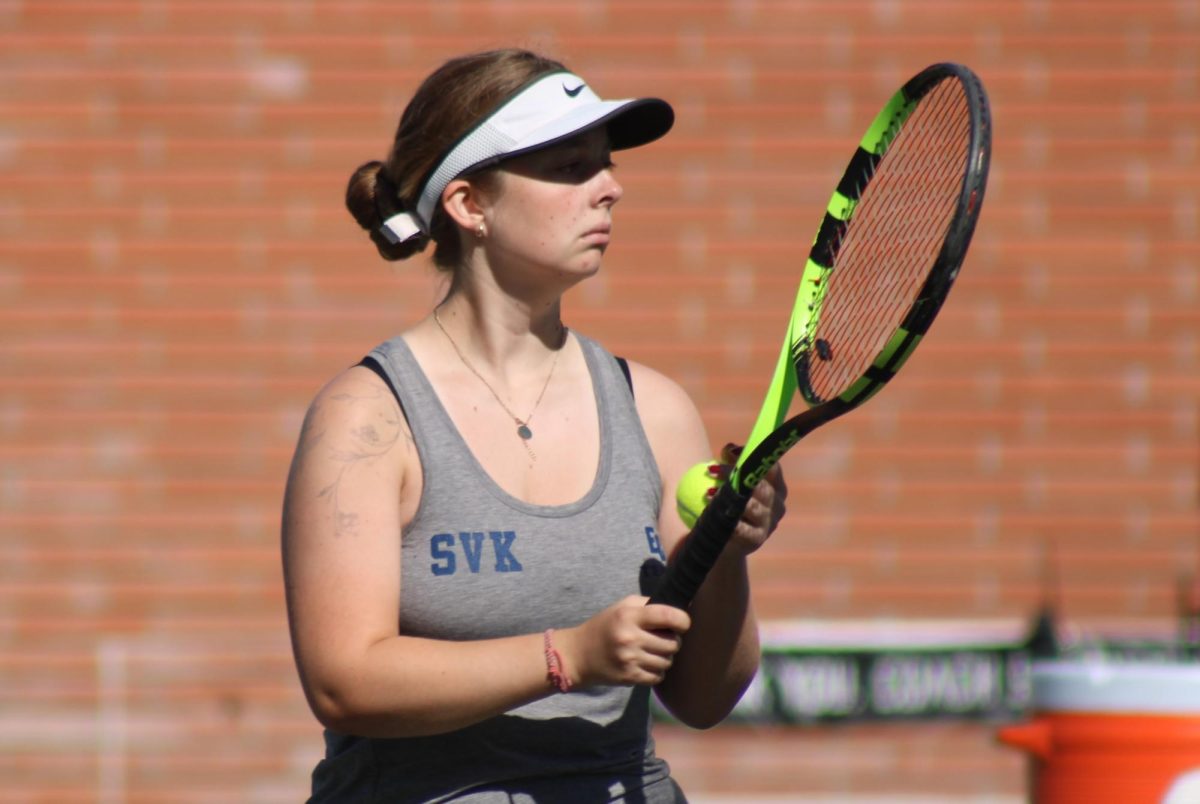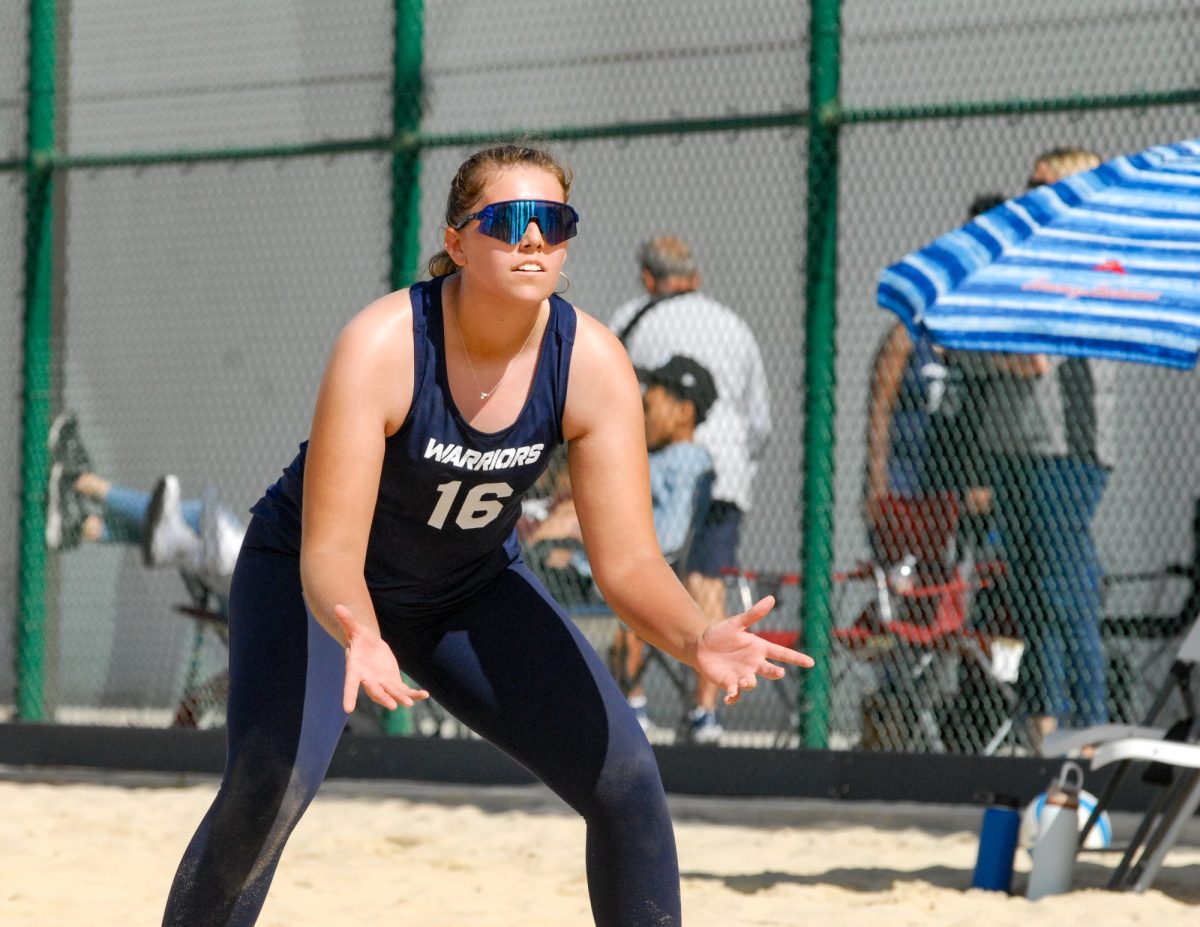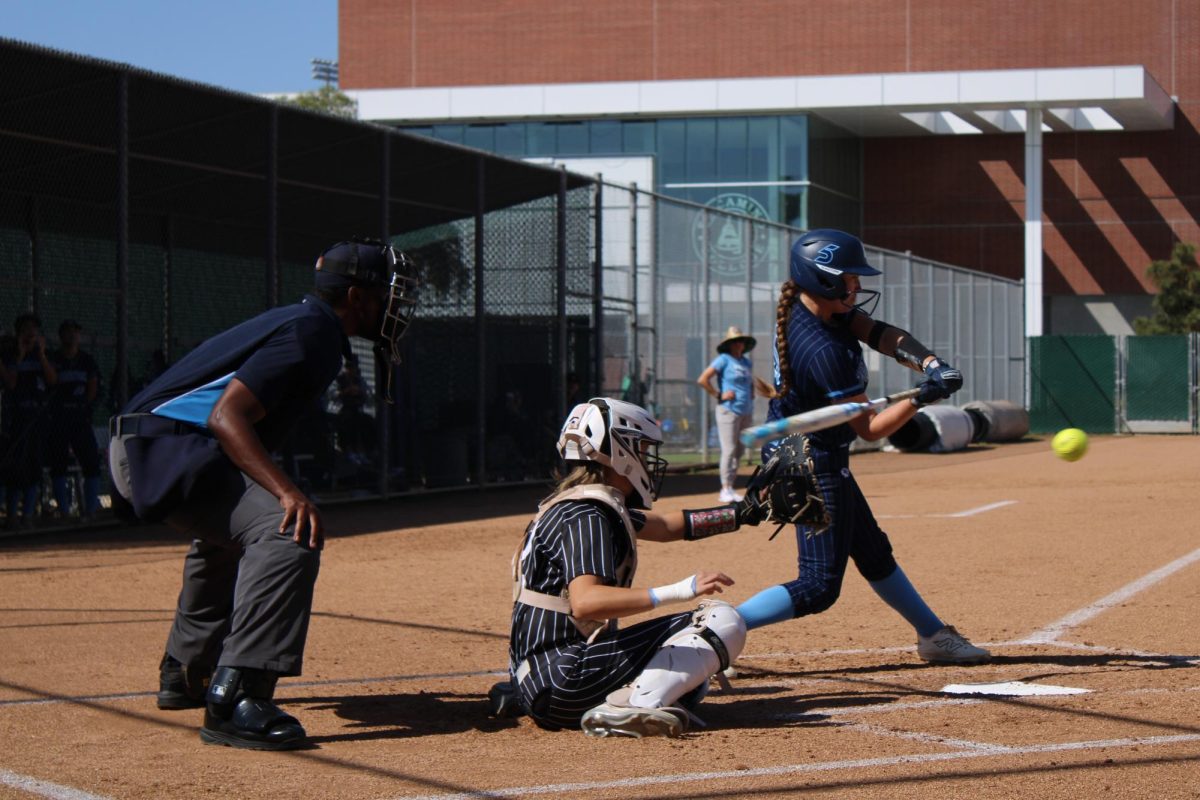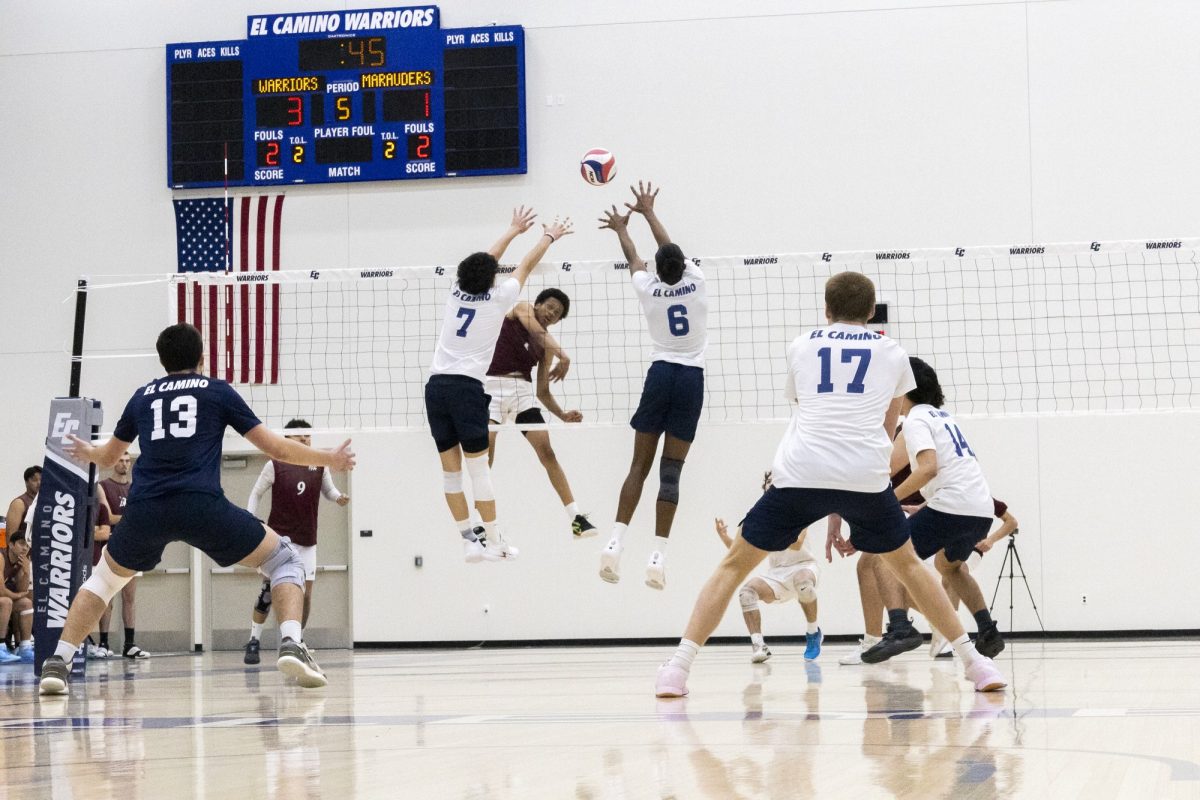Women are being denied the opportunity to play sports as often as males, as only 8 percent of community colleges in California are in compliance with Title IX standards, according to state studies published by the L.A. Times.
Title IX, the federal law that requires a balanced ratio of men to women in all school sports, was passed in 1972. Under Title IX requirements, each coach is paid the same, and equipment costs are equal as well as recruiting.
“We try to give all teams equal support, meaning the track team gets the same support as the volleyball team,” Dave Shannon, athletic director, said,
EC currently offers 10 women’s sports and 11 men’s sports and meets Title IX standards.
While not making sports available to students is a problem, that is only one of the factors that contributes to the decreasing rate of women participation in sports at the community college level.
Title IX has forced many of the four-year colleges to work harder to enroll women athletes into their sports so that they comply to its regulations.
The study shows that universities are reaching compliance at a much higher standard than community colleges are.
“Women who would usually be going to a two-year college and then transferring to a four-year are now gaining scholarships to the UCs right out of high school,” Shannon said.
This has caused many EC coaches to become more aggressive in their scouting for players from the feeder high schools.
Another problem lies in the tuition increase. Tuition fees are expected to rise over the summer, which will force some athletes to make a priority decision among classes and the sport they wish to compete in.
“Where sports like cheerleading may have cost twenty-two dollars a semester, it will now cost fifty-two dollars,” Shannon said.
Badminton player Tomoe Okaguchi said that the hike in cost will not discourage her from coming back.
“I like playing the sport,” she said. “I will still continue to play with the increase.”
“For sociological reasons as well, women tend to get more career oriented once they reach the community college level,” Shannon said. “Men tend to want to play sports longer.”
“I find it very hard to find women participation,” said John Britton, the badminton and women’s soccer coach. “But because badminton is a sport more internationally known, I am lucky I have a culturally diverse student body.”
Shannon says that EC has been in compliance for a number of years. He credits auxiliary services for managing to work through the budget cuts. And though the sports programs’ budget has been cut, no program has been dropped.
Within four years, EC has also added two more women sports to its program: water polo and badminton.
“Our institutional support is very strong here. We have a wide range of sports, nice facilities, and great coaches,” Shannon said.
Sabine Bkuenstler, badminton player, said that she believes female participation in sports is a must.
“Primarily I play because I like the sport,” she said. “Secondarily, I do think it is important that we participate.
Complying with Title IX standards isn’t easy. Shannon said that the number of participants in a sport can throw off the numbers..
“We have about one hundred guys on the football team,” Shannon said. “How are we supposed to balance that with women participation?”
When taking surveys, the government does not pay attention to increased tuition fees or the different types of sports; the only factor used is whether the ratio is balanced or not.
The rates are measured by comparing male and female enrollment by the rate of men and women participation in sports on campus.
Shannon says he understands that it will take time before compliance is met.
“We know this is not a one-day process,” Shannon said. “You have to work at it and be dedicated and we are.”
Bkuenstler said that women shouldn’t be afraid about trying out for sports.
“We can be just as competitive as men,” she said.


